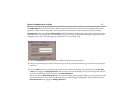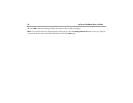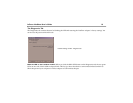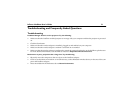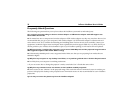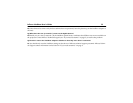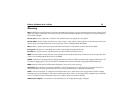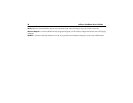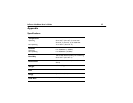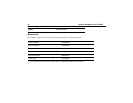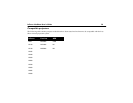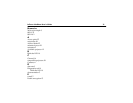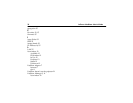
InFocus LiteShow User’s Guide 25
Glossary
802.11: IEEE 802.11 specifications are wireless standards that specify an over-the-air interface between a wireless client
and a base station or between two wireless clients, such as the LiteShow adapter and a computer’s wireless adapter or
USB wireless adapter.
Access point: A base station in a wireless LAN. LiteShow does not require an access point.
Ad-hoc Mode: Ad-hoc mode, also known as “peer-to-peer” mode, allows wireless devices to communicate with each
other directly and without the need of an access point. This is an Independent BSS (IBSS).
BSS: In 802.11 systems, each access point and each wireless device are known as a Basic Service Set (BSS).
Encryption: The process of encoding data so that it inaccessible during transmission.
Firmware: A type of memory chip that retains its content without electrical power.
IBSS: In ad hoc mode wireless devices can communicate with each other directly and do not use an access point. This
is known as an Independent Basic Service Set (IBSS).
DCHP: Also know as Dynamic Host Configuration Protocol software. DHCP automatically assigns IP addresses to cli-
ent stations logging onto a TCP/IP network. It eliminates the need to manually assign permanent IP addresses.
IEEE: Institute of Electrical and Electronics Engineers, New York, (www.ieee.org)
IP Address: The address of a computer attached to a TCP/IP network. Every client and server station must have a
unique IP address. It can be provided by the user, network administrator, or obtained automatically.
LAN: Local Area Network. A computer network that exists over a small area. LANs are generally found in a single
building or group of buildings. LANs can be connected to other LANs over any distance by telephone lines and radio
waves. A system of LANs connected in this way is called a wide-area network (WAN).
USB wireless adapter: a wireless device that attaches to a PC computer through a USB port.



